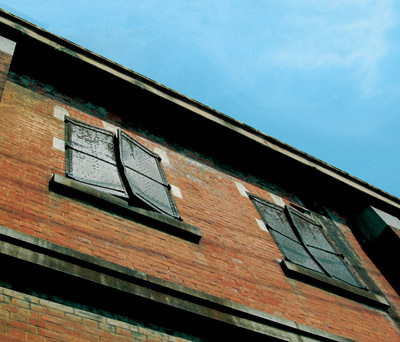Introduction
On August 6, 1945, a single atomic bomb caused over ninety percent of the buildings in the city of Hiroshima to collapse and/or burn to ashes. Since Hiroshima had become a city of rubble, buildings that retained their shape served as guideposts; and bridges became important routes of escape.Even strong nonwooden buildings that escaped total collapse lost their windows to the blast, were burned by the fires, and barely managed to retain their shells. Buildings that served as lifesaving shields were used to receive the wounded, and later, to support the postwar recovery. Before long, though rumor had it that vegetation would not grow for 75 years, plants and trees began to sprout new leaves, giving residents hope and courage to live.
Many bombed buildings were dismantled and reconstructed during the recovery process, but even now after more than sixty years, scarred buildings and trees attesting to the bomb's devastation still stand in various parts of the city. The A-bombed buildings and trees quietly, yet powerfully, continue to warn of the potential for global destruction if mankind continues to possess nuclear weapons.

